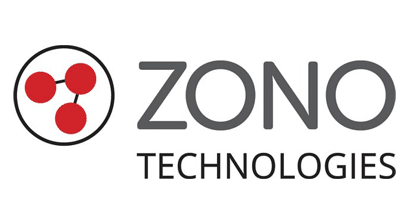Simple, Safe, and Sustainable disinfecting+ and sanitizing* is essential to everyone. ZONO Technologies is proud to serve a variety of industries, including child care centers, fitness centers, schools, athletic facilities, museums, public safety, and more, providing best-in-class disinfecting and sanitizing solutions wherever people gather without using harsh liquid chemicals.
The ZONO Ozone Disinfecting and Sanitizing Cabinet focuses on a balance of science and innovation to solve the real-world challenge of controlling dangerous pathogens. Users and their clients benefit from fewer common bacteria and viruses in their places of work, study, and play. ZONO cabinets are used in interior spaces and have no emissions, plug into household-type electrical circuits, and use less than a tablespoon of water per cycle.
The ZONO product line incorporates the latest sustainable concepts and renewable components that can be easily replaced at minimal cost to maintain a high level of performance for as long as 25 years. Not to mention that all ZONO cabinets are made of recyclable aluminum.
As part of their efforts to be environmentally conscious, ZONO Technologies joined the Carbonfree Business Partnership in order to neutralize some of the company’s estimated annual operating emissions. Through their partnership, ZONO Technologies has neutralized 72 metric tonnes of greenhouse gas emissions by supporting Carbonfund’s third-party validated and verified carbon offset projects worldwide.
ZONO Technologies has successfully found a way to develop eco-friendly disinfecting and sanitizing products that defend our customer’s bottom line and preserve our environment.
For more information, visit www.zonotechnologies.com.
ZONO Technologies | Facebook
ZONO Technologies | LinkedIn
ZONO Technologies | YouTube
+Norovirus on non-porous surfaces. *Staphylococcus aureus, Methicillin-Resistant Staphylococcus aureus, Escherichia Coli, Streptococcus Pyogenes, Shigella dysenteriae, Salmonella Enteritidis, and Pseudomonas aeruginosa on non-porous, semi-porous and porous surfaces.
